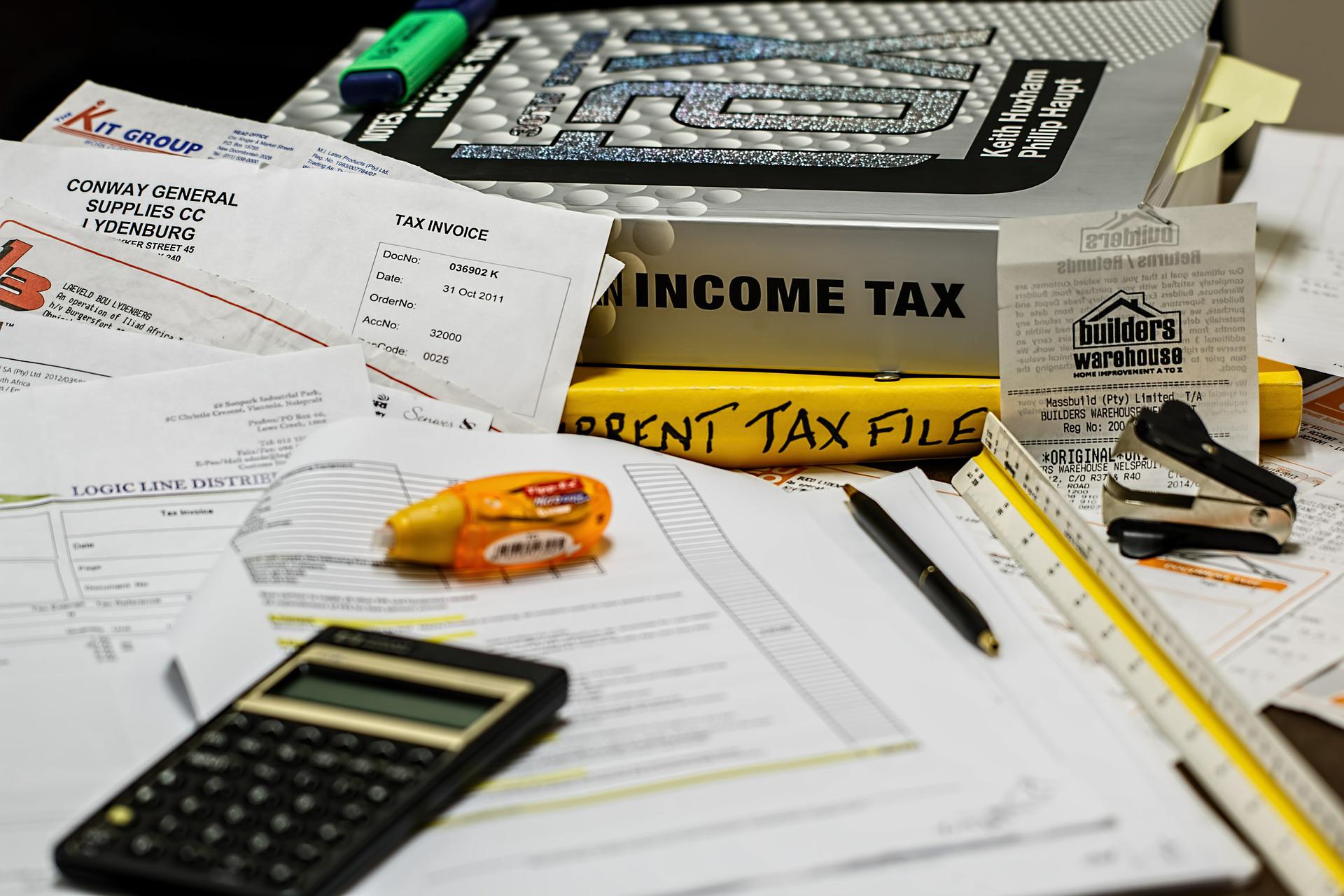HMRC has published a Making Tax Digital Guide to assist taxpayers and self-employed individuals in their income tax self-assessment.
This guide (MTD ITSA) will provide taxpayers with greater clarity and explain some frequently asked questions.
Register with MTD ITSA
Knowing if you need to register with the MTD ITSA is a critical first step in reporting.
If you have normally lodged a self-assessment tax return with HMRC before, you have received more than £10.000 from self-employment (less than this amount only for resource registration). Satisfying these conditions satisfies the basic requirements of MTD.
You cannot register if you are:
- Trustee, including a charitable trustee or a trustee of non-registered pension schemes
- Personal representative of someone who has died
- Lloyd’s member, in relation to your underwriting business
- Non-resident company
You may be exempt if you can show that you do not have access to the internet or a computer.
When to Register for MTD ITSA
The guidance issued by HMRC states that when you meet the conditions, you will need to register with the MTD ITSA from 6 April 2024.
For partnerships, if you became a landlord or self-employed after April 6, 2023, the date will be different.
At that time, you will need to file your self-assessment tax return for 2022-2023 by January 31, 2024.
After passing the review, you will receive a letter informing you that you must register for MTD ITSA within the specified date.
If you have an agent, you only need to entrust the agent to complete the authorization to operate.
How to Run MTD ITSA
MTD ITSA requires that all accounts of your business need to be recorded in an authorised compatible software and submitted electronically directly to HMRC.
Taxpayers are required to repeat the software licensing process every 18 months (similar to the MTD for VAT we mentioned earlier).
In addition, HMRC said quarterly updates will be available for users to choose to use calendar quarters instead of quarters that end on the 5th of each month.
How to Calculate Qualifying Income
Your qualifying income is your total income from self-employment and property income sources during the tax year.
HMRC will assess this before you deduct expenses (i.e. your gross income or turnover).
If you have more than one income, for example: self-employment income 5000 + rental income 5000. The qualifying gross income will then be recorded as £10.000.
If you receive income from joint property, for example: you own property jointly with your partner and receive £20.000 in income. The qualifying gross income is then divided equally into £10.000.




